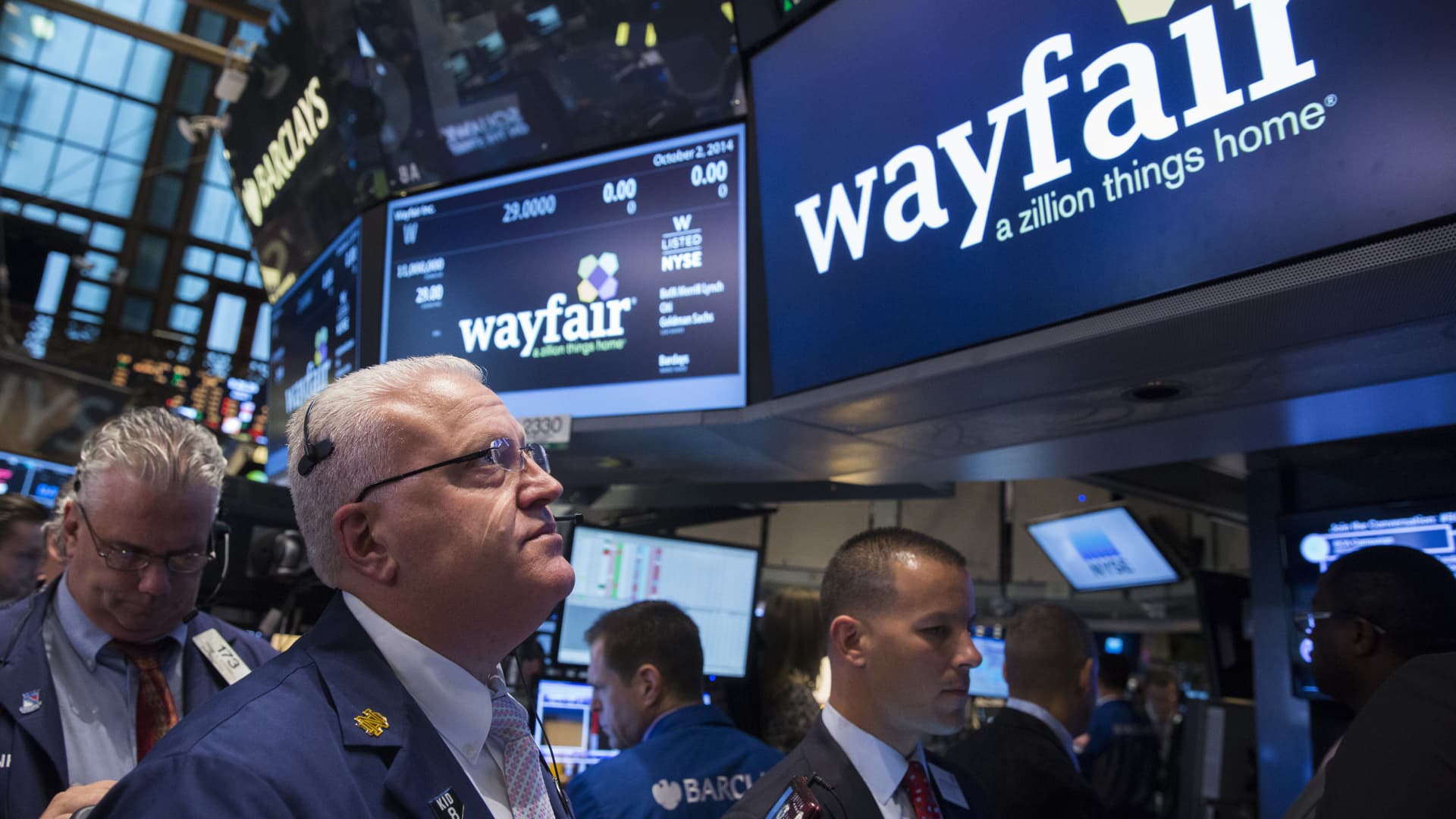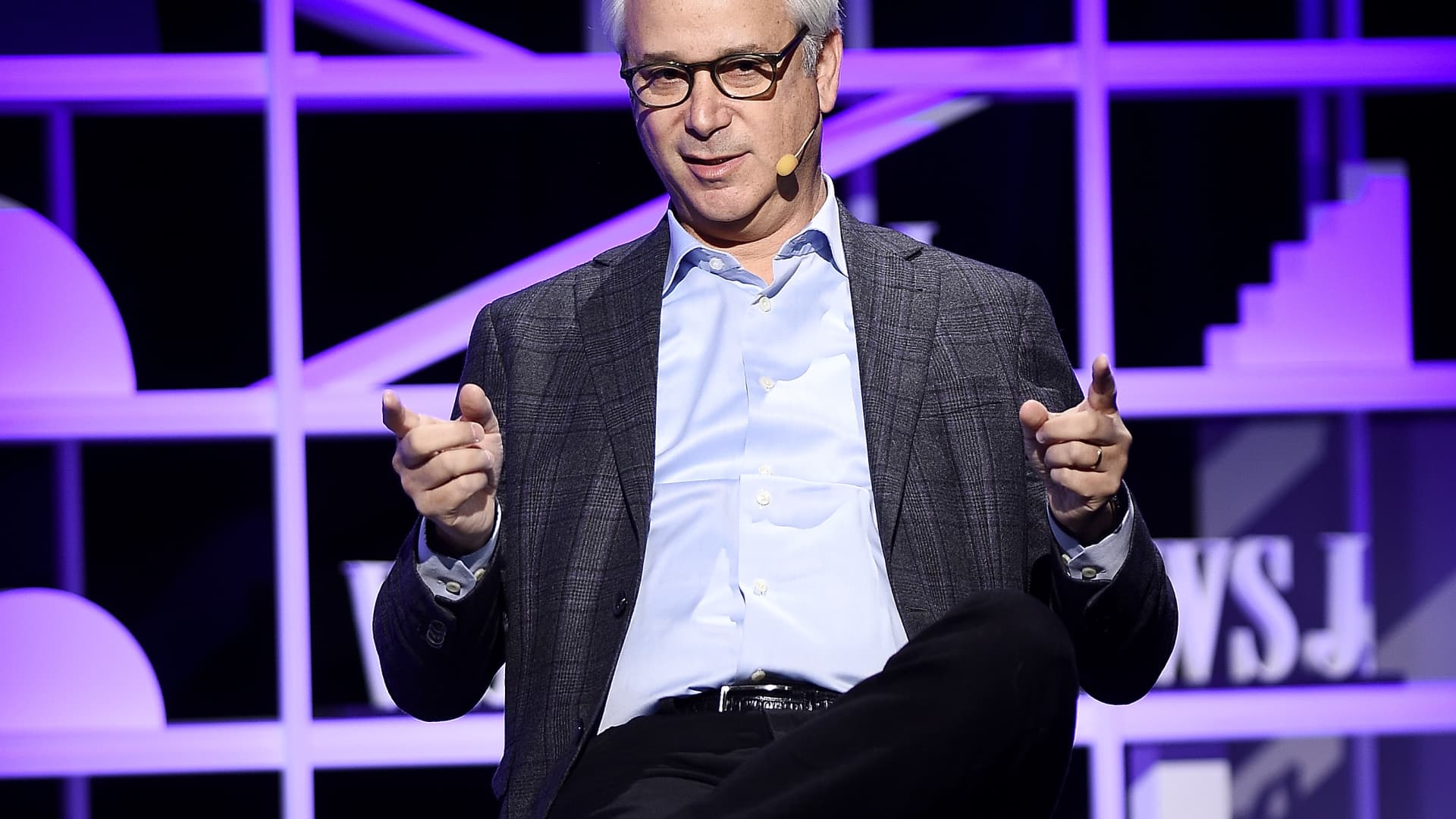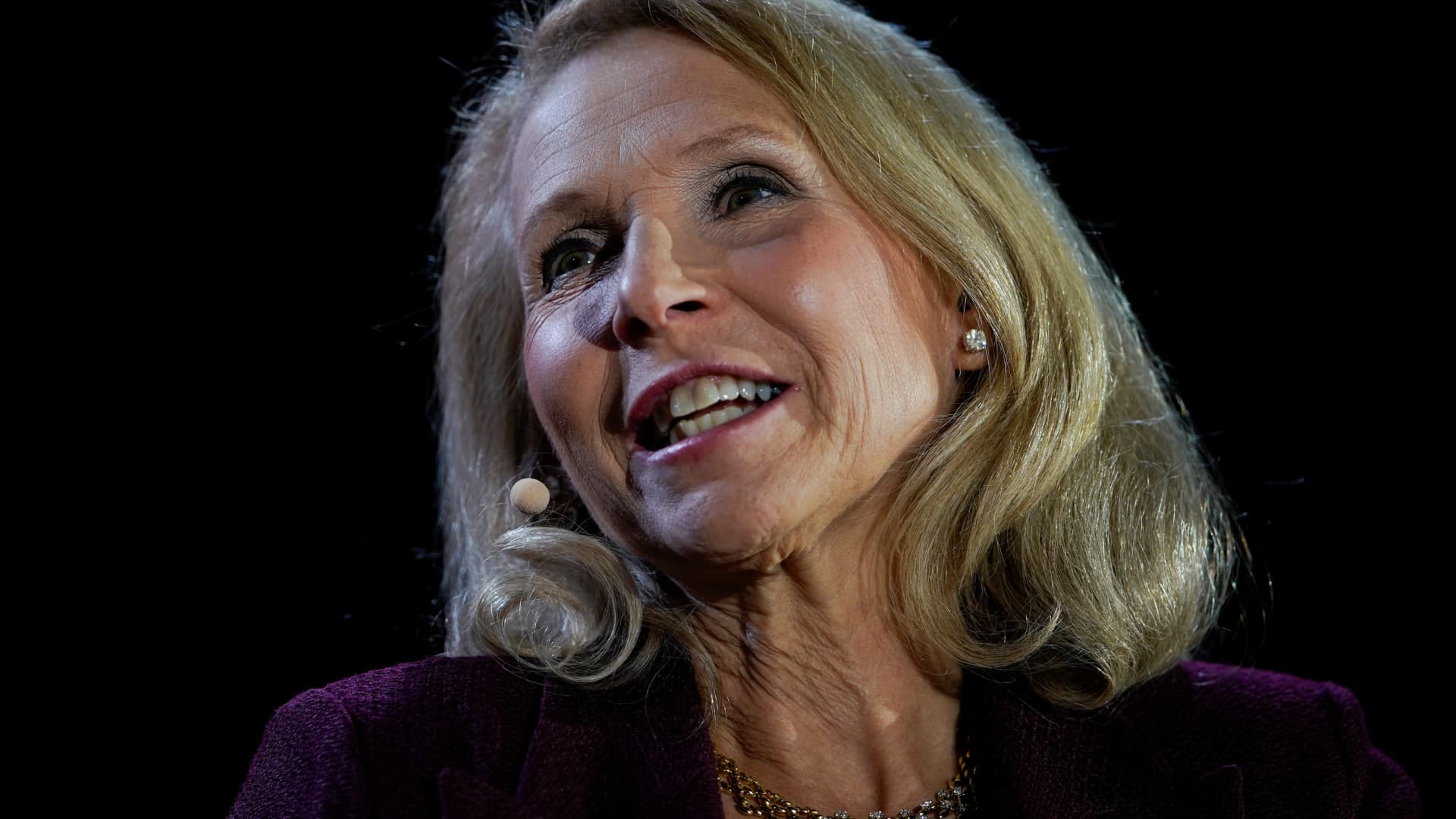The Federal Reserve is expected to keep its key interest rate steady on Wednesday, but American households will be watching for clues as to whether rate cuts are on the horizon, which could have a significant impact on their monthly budgets and influence key purchasing decisions.
The central bank has raised its key interest rate in a series of hikes over the past two years to a range of 5.25 percent to 5.50 percent, the highest level in more than two decades. The aim was to curb inflation, which has cooled significantly since a peak of 9.1 percent in 2022.
Fed officials have kept interest rates unchanged since July as they continue to monitor the economy. And with inflation still somewhat stubborn – price increases have been around 3.2 percent for five months – policymakers are unlikely to move too quickly to cut rates.
Still, several banks have already begun anticipating possible cuts by lowering the interest rates they pay consumers, including on some certificates of deposit.
Here’s how the Fed’s decisions affect different interest rates – and where they stand.
Credit cards
Credit card interest rates are closely tied to central bank actions, meaning these rates have risen rapidly among consumers with revolving debt in recent years. Increases typically occur within one or two billing cycles, but are not expected to decrease quite as quickly.
“The urgency to pay off expensive credit card or other debts is not waning,” said Greg McBride, chief financial analyst at Bankrate.com. “Interest rates have gone up on the elevator, but they will go down on the stairs.”
This means consumers should prioritize repaying more expensive debts and take advantage of zero percent offers and low-cost transfer offers where possible.
The average interest rate on interest-bearing credit cards was 22.75 percent at the end of 2023, according to the Federal Reserve, compared to 20.40 percent in 2022 and 16.17 percent at the end of March 2022, when the Fed began its series of rate hikes.
Car loans
Car loan interest rates remain high, which, combined with higher car prices, continues to impact affordability. But that hasn’t deterred shoppers, many of whom have returned to the market after putting off purchases for several years because of limited inventory during the Covid-19 pandemic and later by Russia’s invasion of Ukraine.
This year the market is expected to normalize: the inventory of new vehicles is expected to increase, which may lead to lower prices and better offers.
“Indications from the Fed that it has met its rate hike targets could be a sign that rates could be cut sometime in 2024,” said Joseph Yoon, consumer insights analyst at Edmunds, an automotive research firm. “Inventory improvements for manufacturers mean buyers have more choice and retailers need to earn their customers’ business, potentially with deeper discounts and incentives.”
The average interest rate on new car loans was 7.1 percent in February, according to Edmunds, up slightly from 7 percent both the previous month and in February 2023. Interest rates on used cars were even higher: The average loan in February was 11.9 percent interest in 2024, compared to 11.3 percent in the same month of 2023.
Car loans are typically based on the yield on the five-year Treasury note, which is influenced by the Fed’s interest rate – but that’s not the only factor that determines how much you pay. A borrower’s credit history, type of vehicle, loan term, and down payment all factor into this interest rate calculation.
Falling interest rates would lower credit card fees, but interest rates likely won’t fall as quickly as they rose.Credit…Maansi Srivastava/The New York Times
Mortgages
Mortgage rates have been volatile in 2023, with the average 30-year fixed-rate loan rising to 7.79 percent in late October before falling about a point lower and stabilizing: The average 30-year mortgage rate was 6 as of March 14, 74 percent. According to Freddie Mac, it was 6.6 percent in the same week last year.
“Mortgage rates remain elevated as the market grapples with the pressures of stubborn inflation,” Freddie Mac chief economist Sam Khater said in a statement last week. “In this environment, there is a good chance that interest rates will remain higher for a longer period of time.”
30-year fixed mortgage rates do not move in lockstep with the Fed’s benchmark, but generally follow the 10-year Treasury yield, which is influenced by a variety of factors, including inflation expectations, Fed actions and investor reaction.
Other home loans are more tied to the central bank’s decisions. Home equity lines of credit and adjustable-rate mortgages, each with variable interest rates, generally increase within two billing cycles of a change in Fed interest rates. According to Bankrate.com, as of March 13, the average interest rate on a home equity loan was 8.66 percent, while the average home equity line of credit was 8.98 percent.
Student loans
Borrowers who hold federal student loans are not affected by the Fed’s actions because that debt carries a fixed interest rate set by the government.
But new federal student loans are priced each July based on the May 10-year Treasury bond auction. And those loan rates have increased: Borrowers with federal student loans paid off after July 1, 2023 (and before July 1, 2024) pay 5.5 percent, versus 4.99 percent for loans paid off over the same period a year were previously paid out. Just three years ago, interest rates were below 3 percent.
Graduate students who take out federal loans also pay about half a percentage point more than last year’s interest rate, about 7.05 percent on average, as do parents, who paid an average of 8.05 percent.
Private student loan borrowers have already seen interest rates rise due to previous rate hikes: Both fixed-rate and variable-rate loans are tied to benchmarks that track the federal funds rate.
Economy vehicles
Although the Fed’s key interest rate has remained unchanged, several online banks have begun lowering the interest rates they pay consumers.
With interest rates now likely to have peaked and eventually falling, several online banks have already cut interest rates several times this year on certificates of deposit, which tend to be comparable to similarly dated Treasury bonds. For example, online banks like Ally, Discover, and Synchrony have all recently lowered interest rates on their 12-month CDs to under 5 percent. Marcus now pays 5.05 percent (previously 5.50 percent), while Barclays cut its rate to 5 percent from 5.3 percent.
“CD rates are already falling, and as we approach the first rate cut, they will only fall further,” said Ken Tumin, founder of DepositAccounts.com, part of LendingTree.
According to DepositAccounts.com, the average one-year CD at online banks was at 5.02 percent as of March 1, down from the peak yield of 5.35 percent in January but up from 4.56 percent a year earlier.
According to DepositAccounts.com, the average return on an online savings account was 4.44 percent as of March 1, just slightly below the peak of 4.49 percent in January and up from 3.52 percent a year ago. But the returns on money market funds offered by brokerage firms are even more enticing because they better track the federal funds rate. The return on the Crane 100 Money Fund Index, which tracks the largest money market funds, was 5.14 percent as of March 19.
Source link
2024-03-20 16:01:51
www.nytimes.com














